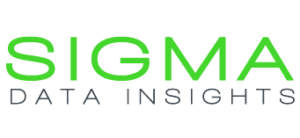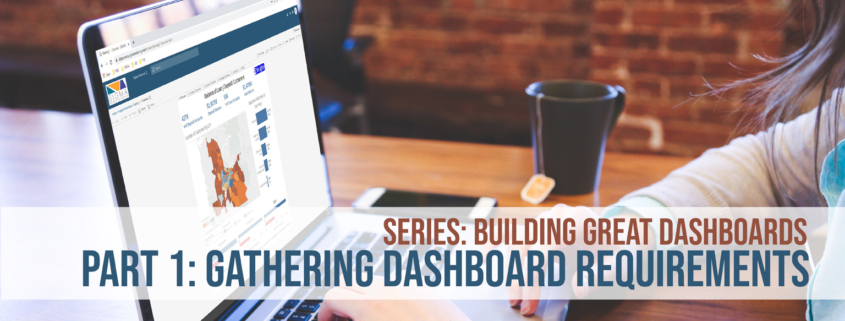Part 1: Gathering Dashboard Requirements
Building Great Dashboards Series
Part 1: Gathering Dashboard Requirements
Self-service dashboards have been growing in popularity for many years, but the truth is, for many teams, stakeholders still rely heavily on having a Data Analyst to walk them through the process and come up with thought-provoking questions to ask. When teams were working in the same office environment, this may have worked reasonably well, but in our current situation and the majority of teams working remotely because of social distancing, it is harder to support.
With that in mind, we thought we would share a series of posts on building great dashboards. Today, we outline our principles for holding a productive stakeholder meeting to gather dashboard requirements.
- Don’t focus on the specifics of what the dashboards will actually look like, but instead identify the questions stakeholders are trying to answer.
When we start asking what stakeholders want to see in a dashboard, we often get very specific suggestions about chart types and visualizations. Although this may be important later in the process, when you are in the gathering requirements stage we want to focus on understanding what they are trying to see and answer with the data and then worry about the best way to display it later.
For example: If a stakeholder says, “I want to see a bar chart with the top industries that our leads are coming from.” Try to get to the underlying business question, which in this case might be “What are the top industries for new business opportunities?”
- Ask “why?” when stakeholders describe what they are looking for.
Asking “why?” will help you to understand the underlying business problem they are trying to answer and may yield a radically different dashboard design in later stages.
Continuing our example from above: If you asked “why?” a stakeholder may respond with “I need to know how to focus marketing resources.” Their answer may now lead us down a different path than just seeing the top industries shown in a bar chart.
- Don’t limit the discussion, but be sure to prioritize.
In the gathering requirements stage be sure to capture all ideas, even if you think they will not all be able to be included or addressed right away. With that being said, it is very important to prioritize all requests so we know what to focus on now and what to focus on later. For every request, ask stakeholders if it is high, medium, or low priority. If everything is high priority (as sometimes happens), limit each stakeholder to one request or metric they would want out of a dashboard to help focus their thoughts.
Ideally, at the end of the meeting you will have a long list of requests, but in a prioritized order that can be executed in a logical way. Use our Dashboard Gathering Requirements Guide to help you stay organized.
If you follow these steps, you will come out of the stakeholder meeting with some great data that will set you up to create successful dashboards. Watch out for an upcoming post on Creating a Dashboard Mock Up.
Building Great Dashboards Series:
- Part 1: Gathering Dashboard Requirements
- Part 2: Creating a Dashboard Mock Up
- Part 3: Solicit Feedback While Building a Dashboard
- Part 4: Dashboards are Like Plants, They Need Tending



